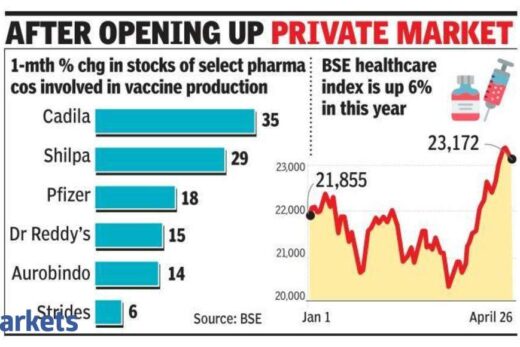Instead, those fund managers say that they are continuing to rotate into value and cyclical stocks – whose fortunes are closely tied to economic conditions – in anticipation that the economic recovery will be longer and more gradual than originally anticipated.
The notion that the U.S. jobs recovery has not yet peaked was reinforced by data from the Labor Department on Friday that showed U.S. employers hired far fewer workers than anticipated. The lower-than-expected job gains are likely to keep the Federal Reserve’s accommodative measures in place for an extended period, economists said.
The transition between the stay-at-home economy and a full reopening will likely take at least a year, leaving value stocks more attractive than technology shares over that time, said Barry James, a portfolio manager at James Investment Research, who remains underweight in technology.
“In the short run, it may bounce back and forth but we think we are in for at least another year or more of this transition,” he said.
Large technology stocks rallied Friday after the jobs report tampered concerns about inflation and pushed the yield of the 10-year Treasury near a 2-month low, but the direction of the economy regains intact and should continue to favor cyclical stocks over defensive stocks, said Sameer Samana, senior global market strategist at Wells Fargo Investment Institute.
“We would not read too much into any one jobs report, and continue to think the labor market remains on track and will be more than enough to underpin consumer confidence and consumption,” he said.
Despite Friday’s gains, large-cap technology companies continue to lag the broad market. Apple Inc is down nearly 2 per cent for the year-to-date, Amazon.com Inc is up less than 2 per cent, and Netflix Inc is down 6.5 per cent. Overall, the technology sector is up 6.8 per cent for the year-to-date, about half of the 12.6 per cent gain in the broad S&P 500.
Instead, value companies in such cyclical areas such as financials, energy, and consumer discretionary are surging. The Russell 1000 Value index is up 18 per cent for the year to date, including a 0.7 per cent gain Friday, while the Russell 1000 Growth index is up 6.3 per cent, and gained 0.6 per cent Friday.
“You had some people saying, that is as good as it gets across the board. Peak momentum, peak growth, peak earnings, but the market is misperceiving the backdrop here. You are going to end up with robust levels of growth for the remainder of this year,” said Jack Janasiewicz, portfolio strategist and portfolio manager at Natixis Advisors.
Funds that have remained heavy in growth stocks jumped Friday, with the ARK Innovation ETF adding 1.4 per cent by mid-afternoon. Yet the fund remains down more than 10 per cent for the year.
At the same time, the stretched valuation of large technology companies makes them less attractive than cyclical stocks that will most likely see the greatest economic boost over the next year, said George Young, a portfolio manager at Villere & Co.
The S&P 500 technology sector, for example, trades at 33.8 times trailing earnings, more than double that of the S&P 500 financial sector, which trades at 16.2 times trailing earnings.
Young has been adding to his position in cyclical companies like casino company Caesars Entertainment Inc, a position he called “the opposite of the stay-at-home trade.”
“People are turning the corner and saying ‘We can see the light at the end of the tunnel and we don’t have to say at home anymore,’ so investors are looking for what’s the next thing,” he said.



